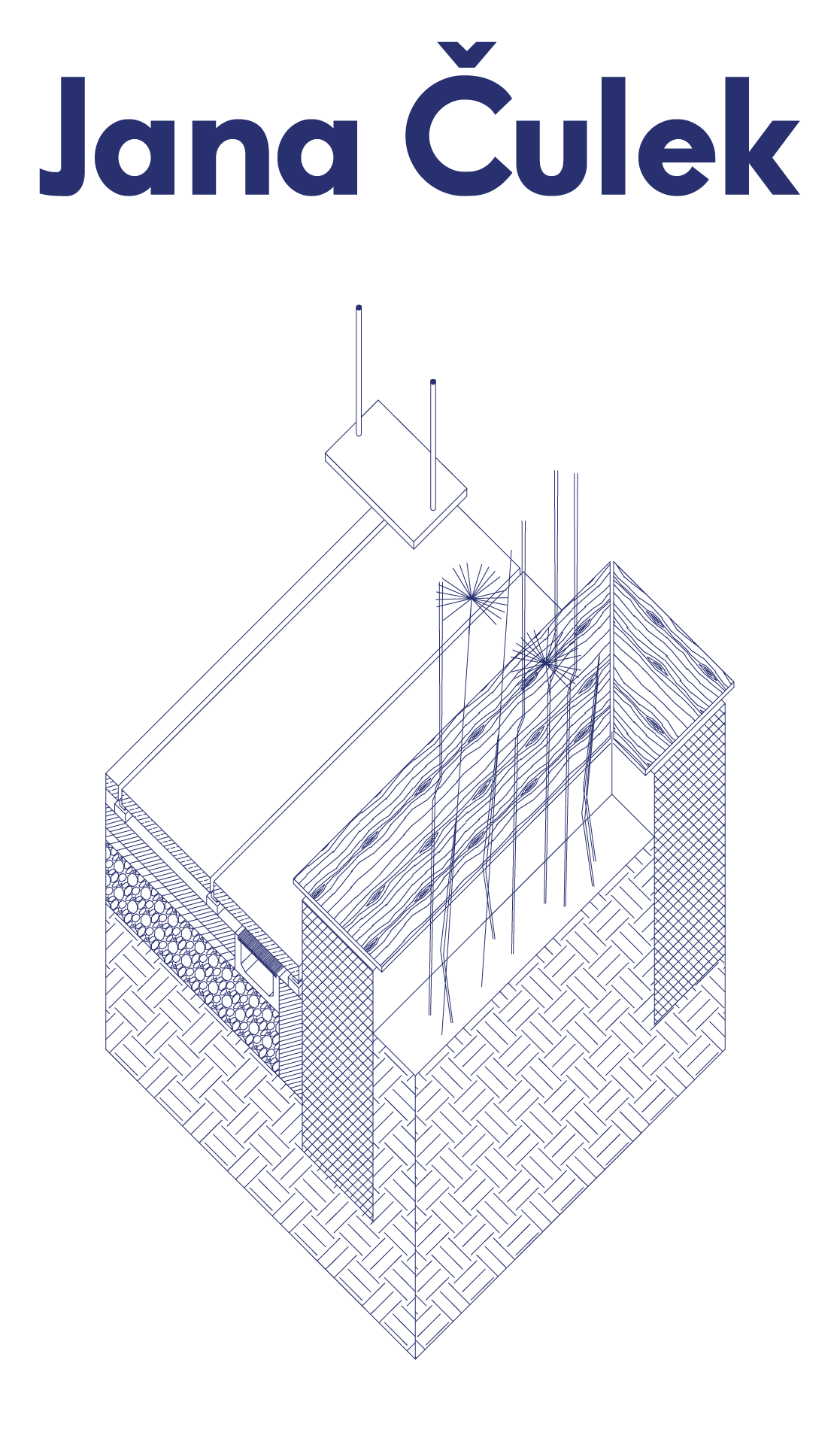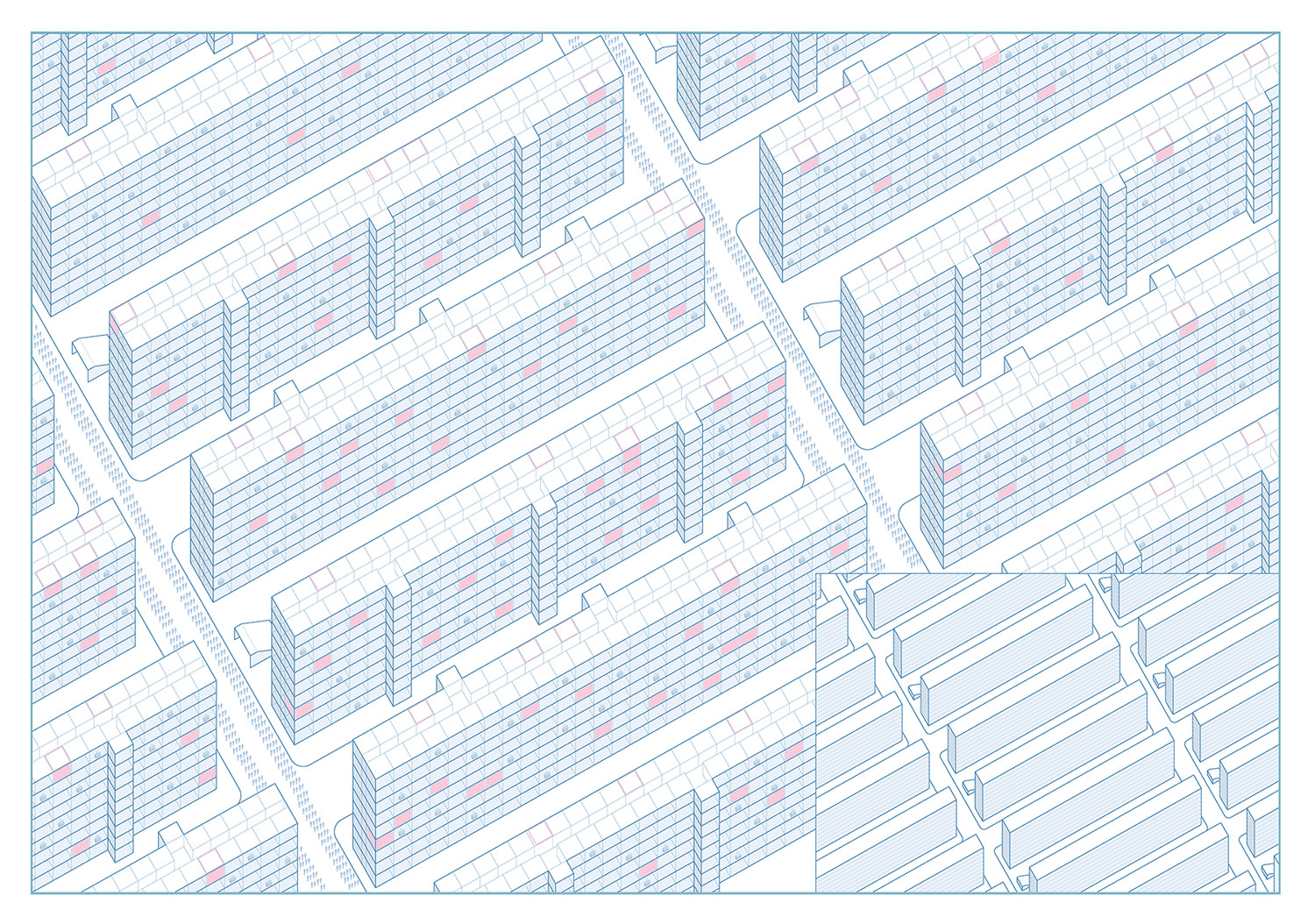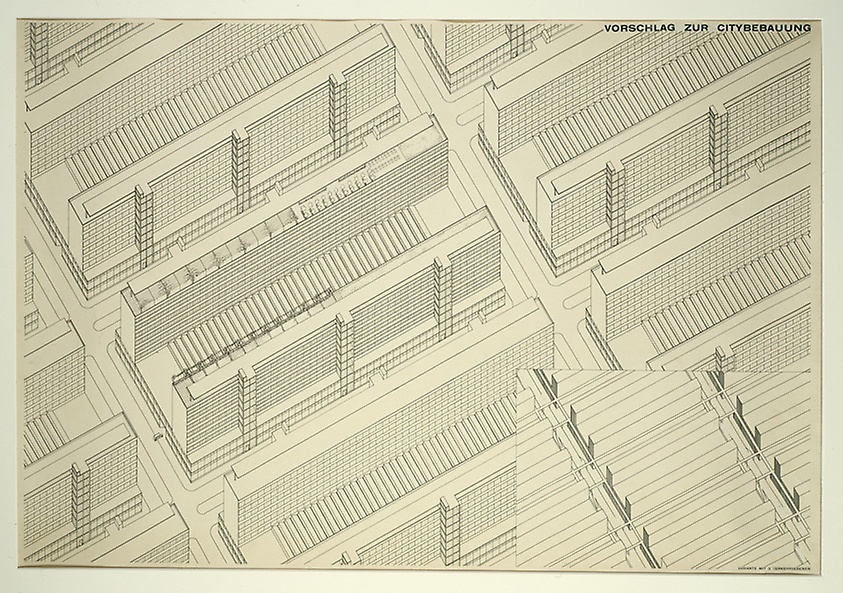
P ublished originally in Dutch as part of the ArchiNed series of texts covering current architectural doctoral research in the Netherlands, the text gives insight into my ongoing research about architectural and literary utopias, and their critical and creative roles.
The following is an English version of the text.
Curiosities and interests
My work is developed somewhere on the intersection of what is considered academic research and architectural practice, bringing together fiction, literature, illustration, and other forms of imaginative and creative practices under one roof. My architectural interests always began with the drawing – the basic tool of the architectural discipline, which is used to share ideas, concepts, information, and knowledge. I wondered how drawings, perhaps also paired with text, are used not only to depict and describe architectural projects but also serve as mediums for creating, containing and transmitting knowledge. Working around that curiosity has led me to develop both my professional and my academic practice in a direction which has allowed me to harness the different possibilities of the drawing in order to create new narratives for the spaces that surround us, or to gain new insight into already existing ones. The interest I have in stories which are told through drawings and other visual or textual material has also led me to the topic of my ongoing doctoral research, where I investigate utopias – the ultimate architectural stories.
What I found interesting about utopian architectural projects is that they are often highly imaginative and radical proposals, presented through drawings and texts, proposing a critical and speculative future alternative to their contexts – and therefore creating new types of knowledge and information. While all architecture is inherently speculative and all projects aim to propose a better future, utopian projects go a step beyond. They propose potential futures not only through new structures and changes in the built environment, but also through changes in the structures and the workings of society. They take into consideration how new technologies, scientific discoveries, economic, cultural, and political developments can shape the space around us, while also investigating and speculating upon the consequences of these changes for the inhabitants. Commonly taking note and inspiration from visual and cultural fields of their time, utopian projects contain a multitude of layers and elements which weave together fact and fiction, past and future, the possible and the impossible. They employ the full creative potential of the architectural discipline in order to depict new possibilities towards which we could aim.
But although utopia seemed as such an interesting and productive creative and critical method for architecture, I was intrigued when I realized that it was not used so much anymore. Since the modernist period, the production of architectural utopias has been decreasing, coming almost to a halt after the 1970s. Projects that are considered utopias today are either recycled versions of past projects, or uncritical, static images of futuristic and/or apocalyptic landscapes which lack a developed social component. Being either too close or too far from our present-day reality, they do not offer much possibility for discussion or debate about our current condition.
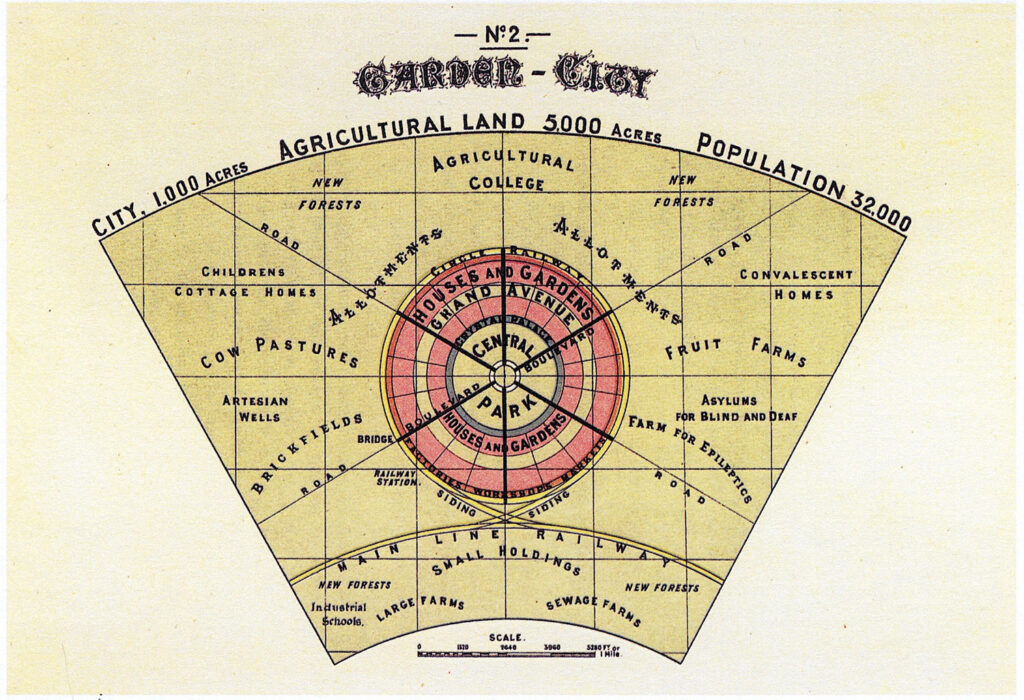
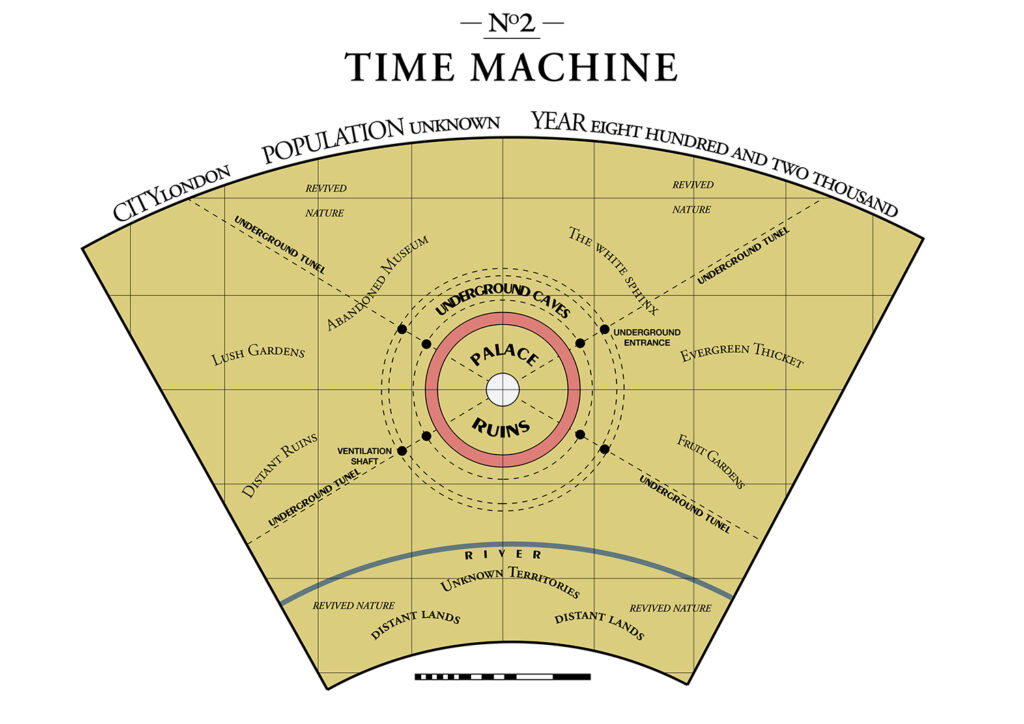
Developing the Questions
I set out on a research to find out why architects have stopped producing utopias and using them as a method of critical reflection, and how this could perhaps change. I acknowledged the fact that the days of totalizing architectural and urban visions, such as those created by Le Corbusier and others during the modernist period, was perhaps behind us. Today’s world is in many ways too complex to respond to it through proposing only one overarching idea. That is why, instead of looking at various examples of utopian projects throughout history in order to create an overview of utopian architecture, I was more interested in finding what these projects were made of – with what types of elements these fictional worlds were constructed, how these new elements related or responded to the “real” historical ones, what were the most common spatial and social changes proposed on, and are they filed-specific? The goal was to investigate their building blocks – their tools, methods, social and spatial forms – in order to possibly employ them once again in creating visionary and speculative but critical architectural projects.
But architecture is, of course, not utopia’s original field. I soon found out that architectural utopias often model themselves on a tradition already established in the literary field, where ideas of ideal cities and societies have existed at least since Thomas More’s book Utopia from 1516. Since More’s book, the utopian name signified a work which reflected on various societal events and conditions through proposing fictional alternatives. In order to move past the boundaries of my own discipline with the aim of tracking down possible roots of the utopian ideas proposed in architecture, I decided to comparatively investigate architectural utopias with literary ones. Approaching the research in a transdisciplinary way has allowed me to access a wider field of knowledge. This has allowed me to investigate if the ideas and proposals found in architectural utopias are similar to those of other fields. Even though they were embedded into architectural works, I wondered if the ideas actually represented intentions and tendencies which were common across all cultural fields and were somehow universal and universally human.
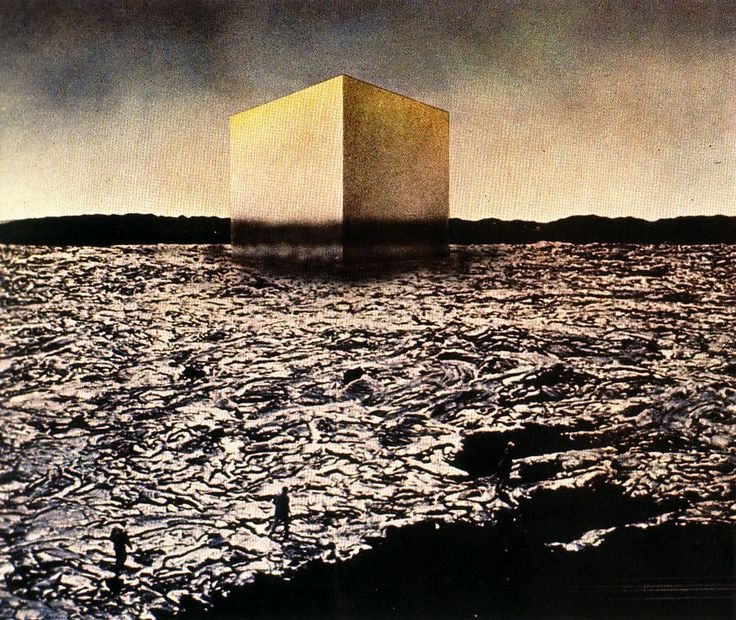
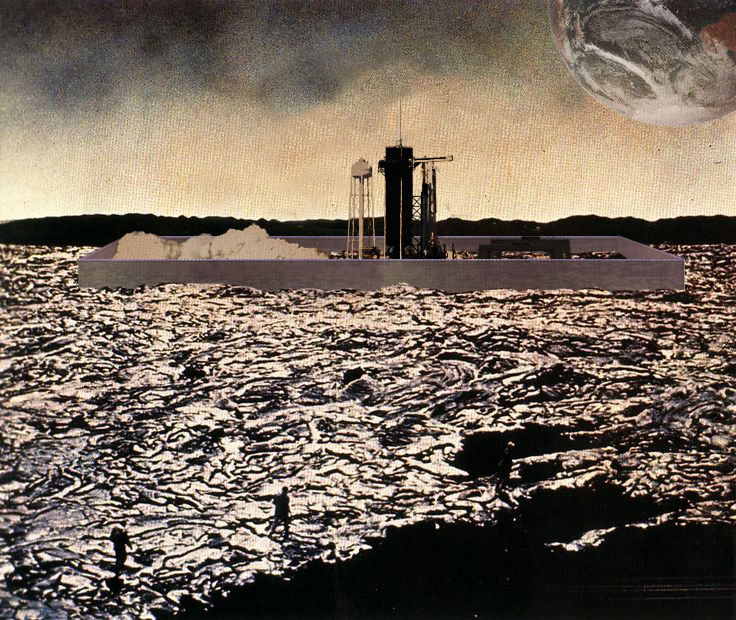
Developing the Method
To begin my investigation, I decided to choose several case studies which I would compare. In order to find answers to some of my questions, I chose the case studies in pairs – one from architecture and one from literature. Focusing on the timeframe of the 20th century, I chose case studies which discussed some of the most relevant topics and events of our contemporary history. Starting from the turn of the 20th century, the first case study pair – Ebenezer Howard’s Garden Cities of Tomorrow (1902) and H.G. Wells’s The Time Machine (1895) – investigates the implications of the Industrial Revolution and the development of the modern metropolis. Situating their inhabitants outside of the grey metropolis and into lush nature, the works propose an ideal alternative by sharing a nostalgia for a simpler pastoral time. The second pair – Ludwig Hilberseimer’s Metropolisarchitecture (1920) and Yevgeny Zamyatin’s We (1920) – were created during the rise of modernism and focus on topics such as mass production and standardization, as well as the inherent loss of the individual and its alienation in the metropolis. The last, third pair – Superstudio’s 12 Ideal Cities (1971) and Ursula K. Le Guin’s The Dispossessed (1974) – is one which depicts the impossibility of creating totalizing visions by proposing several fragmented narratives, each dealing with a specific aspect of the modern society: the development of consumerism and the issue of scarcity, the use of finite resources, globalization, etc.
However, because I am working with projects from two different fields – the architectural and the literary one – comparing the works in an equal manner proved itself complex. Literary utopias are created as fictional texts, with rarely any graphic representation. In order to describe the imagined world, the various changes which the utopian work proposes in relation to our “reality” are depicted on the level of social interactions and spatial conditions, while the built environment is described through the narrative, as a set in which the plot unfolds. Architectural utopias, conversely, are presented mostly through drawings and generally focus on spatial changes of different scale, with the population described in toto and in relation to their interaction with the built environment.
In order to overcome some of these differences, I needed to develop a method which would allow me to productively compare the works and answer some of my initial questions. I decided to break down the works into different generative elements, each responding or relating to a specific condition of their historical context. This has allowed me to level the playing field between architectural and literary utopias. This way, instead of creating an immense historical overview, which would in the end only position the works in their contexts, I am identifying and comparing a constellation of ideas – “real” or “fictional”, social or spatial – which were discussed in the works and which have had an influence on the development of our environments.
Breaking the works down into different forms and elements has also allowed to solve another issue of working between two fields – that of the differing mediums through which the works were created and presented. Identifying various utopian elements has opened the possibility of visualizing them. In this way, drawing becomes an integral part of the comparison, working together with the text in order to depict and interpret the utopias. Through a “reconstruction” of the missing elements I was able to perform a visual and textual comparison of different utopian building blocks. While the textual comparison focused on the written narratives and related historical, philosophical, literary and architectural written knowledge, the visual analysis was created using both newly made analytical and interpretative drawings as well as original drawings created by the utopian authors.
Outcomes
Within the framework of this research, utopia is seen as an important method of creative production in which critique and speculation take place. This allows us to look at our own reality and history in a different way. The fictional and imaginative nature of utopia allows us to propose radical alternatives to our present conditions without direct consequences. Utopias can be used as methods for testing and questioning possible futures without immediate ramifications for the present. Today utopias still retain a strong presence in the field of literature, while the creation of utopian projects in the architectural field in mostly non-existent. By predominantly focusing on developments and projects which conform to the needs of the market, architecture has lost some of its critical importance. In order to regain it, it is important to re-examine utopian projects and investigate the methods they use in order to reflect on society and propose alternatives for our present condition. In a time when social, political, financial, ecological and architectural crises are by no means few and far between, utopia as a method can be employed as a means of evaluating our current state as well as a tool for envisioning the future.
